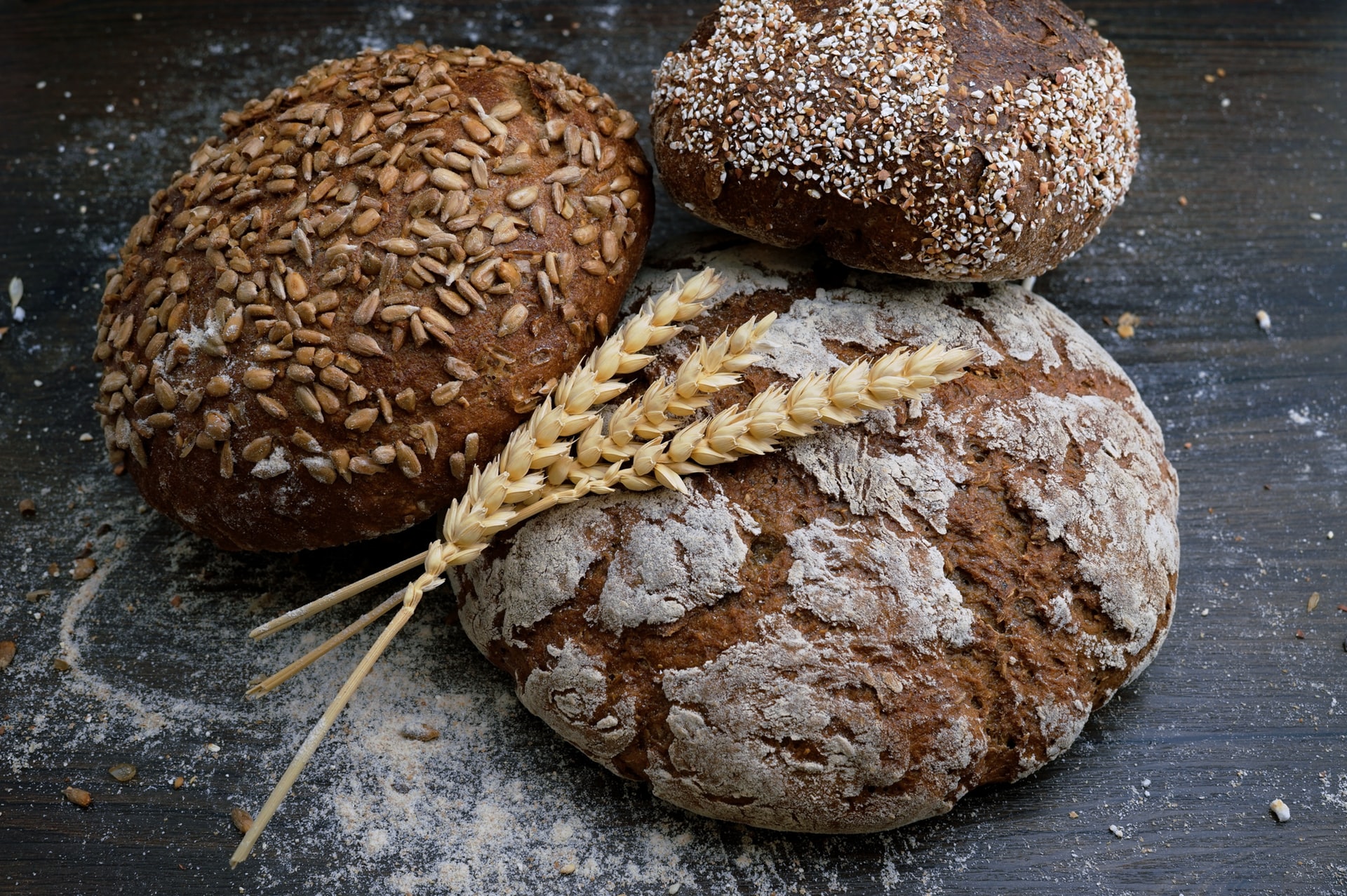
The main classes of additives used in breadmaking are: (i) oxidants/reductants; (ii) emulsifiers; (iii) hydrocolloids; and (iv) preservatives. The main processing aids used are enzymes.
Historically, market trends have developed from the use of ingredients in greater quantities - to obtain specific effects in bread (such as fat for crumb softness) - to the use of additives at much lower levels (max. 1%) and, more recently, to enzymes which are used in parts per million (ppm). According to many regulations, enzymes do not need to be declared on the label of the final product, attending the “clean label” trend. We will describe the food additives used under each class, individually describing their mode of action and effects on dough rheology, during the breadmaking process, and on product quality.
We will also describe the main enzymes currently used, dividing them according to the substrate they act on (gluten, starch, lipids, non-starch polysaccharides or NSPS), individually describing their mode of action and effects on dough rheology, during the breadmaking process, and on product quality. Legal aspects will also be addressed. We will conclude with future trends in the use of additives and processing aids in breadmaking.
Read the full article.
Food-Additives-and-Processing-Aids-used-in-Breadmaking.pdf (1.9 MB)
Luis Carlos Gioia, José Ricardo Ganancio and Caroline Joy Steel (September 6th 2017). Food Additives and Processing Aids used in Breadmaking, Food Additives, Desiree Nedra Karunaratne and Geethi Pamunuwa, IntechOpen, DOI: 10.5772/intechopen.70087. Available from: https://www.intechopen.com/books/food-additives/food-additives-and-processing-aids-used-in-breadmaking
